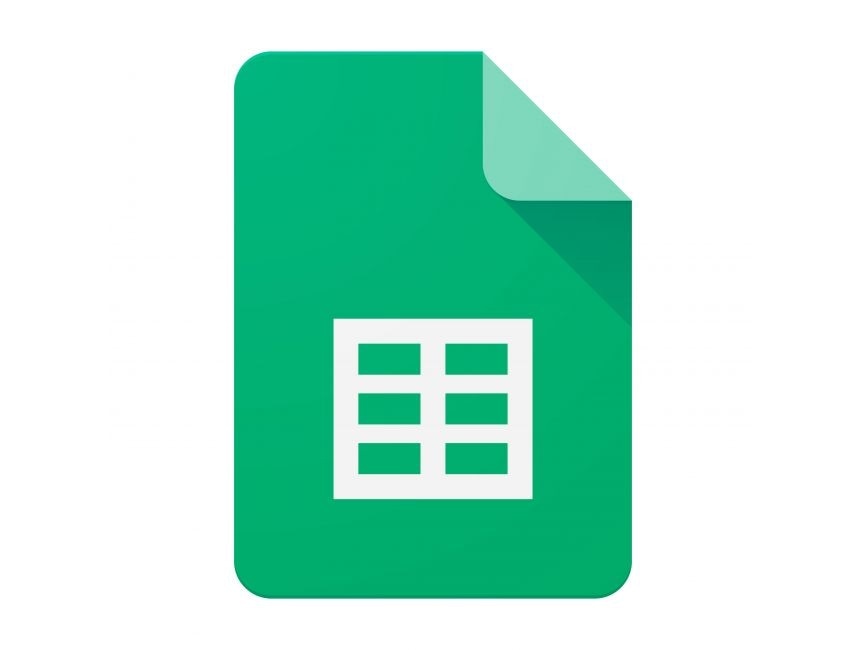








Optimize your business operations with Lazy AI’s internal tool templates, designed to streamline workflows, improve team collaboration, and increase productivity. From project management to employee onboarding, our no-code templates empower businesses to build custom internal tools that enhance efficiency across departments—without needing any programming knowledge.
Lazy AI offers a wide range of templates tailored for various internal applications, allowing teams to customize tools that meet their specific needs:
Lazy AI’s no-code templates allow users to build internal tools tailored to their unique workflows, saving time and reducing the need for IT or development support.
By automating manual processes and centralizing information, internal tools boost productivity, eliminate redundancies, and streamline day-to-day tasks.
Customizable tools for communication, task management, and feedback enable teams to work together more effectively, promoting transparency and accountability.
Lazy AI internal tools store data in a centralized, accessible location, making it easy for teams to find information quickly, reducing errors, and enhancing decision-making.
Building custom internal tools traditionally requires technical expertise, which can strain resources for non-technical teams.
- Solution: Lazy AI’s no-code platform empowers anyone to create functional, customized tools without coding, minimizing reliance on developers.
Developing and maintaining custom tools can be expensive, particularly for small and medium-sized businesses.
- Solution: Lazy AI’s templates provide a cost-effective alternative, enabling businesses to create and update tools independently, reducing development expenses.
Businesses need tools that can adapt to changing workflows and requirements over time, which is often difficult with rigid software.
- Solution: Lazy AI’s internal tools are highly customizable, allowing users to modify and scale functionalities as needed, ensuring tools remain relevant as the business evolves.
Handling sensitive company information in internal tools requires careful attention to data security and compliance.
- Solution: Lazy AI prioritizes data security with built-in protocols and compliance features, ensuring that all internal tools adhere to best practices for data protection.
Complex tools can lead to poor user adoption, especially if they are difficult to navigate or understand.
- Solution: Lazy AI’s no-code templates are user-friendly and designed with ease of use in mind, promoting smooth adoption and encouraging team members to leverage tools effectively.
Streamline the process of collecting data from various sources, such as websites, databases, and APIs. Lazy AI automates data extraction, saving time and ensuring accuracy.
Lazy AI uses machine learning algorithms to identify patterns, correlations, and trends in your data. Gain insights that drive strategic decisions without the need for manual analysis.
Analyze data as it’s collected with real-time processing capabilities. Lazy AI ensures your team has access to the latest insights whenever they need them.
Use pre-built templates designed for specific use cases, such as customer segmentation, fraud detection, or market analysis. Customize templates to fit your unique business goals.
Transform raw data into actionable insights with Lazy AI’s intuitive dashboards and visualization tools. Present findings in clear, engaging formats that make decision-making easier.
Ensure your datasets are clean and ready for analysis. Lazy AI automates data preparation tasks, such as deduplication and normalization, to improve the quality of your insights.
Lazy AI’s user-friendly platform makes it easy to set up data mining workflows. Customize templates, processes, and algorithms to suit your specific requirements.
Automating data mining reduces the time and resources needed for manual analysis. Lazy AI provides a cost-effective way to gain powerful insights.
As your data volumes grow, Lazy AI scales effortlessly to handle larger datasets and more complex analyses, ensuring continuous efficiency.
Leverage Lazy AI’s insights to make informed, strategic decisions that drive growth and improve operations.
Integrate data from multiple sources, such as CRMs, databases, and external APIs, to create a comprehensive view of your business or market.
Lazy AI ensures that all data mining processes adhere to industry-standard security protocols and compliance regulations, safeguarding your sensitive information.
Lazy AI’s data mining solutions empower businesses to extract meaningful insights from their data, driving smarter strategies and improved outcomes. With automation and customization at the forefront, Lazy AI simplifies data mining for teams of all sizes.